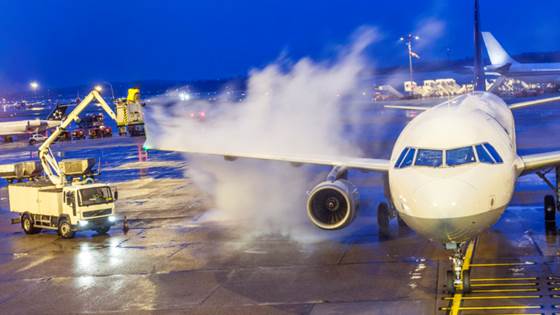
New filter removes run-off chemicals
The filter will first be used to recover aircraft de-icing chemicals. In the future it will also be used in urban areas to remove environmental toxins, pollution and probably microplastics.

The filter will first be used to recover aircraft de-icing chemicals. In the future it will also be used in urban areas to remove environmental toxins, pollution and probably microplastics.
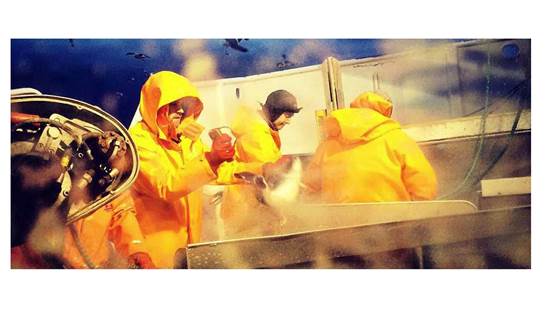
Four students at NTNU Department of Mechanical and Industrial Engineering have in 2017-2018 worked with production planning and how improved information flow can support critical decisions in the iProcess project.
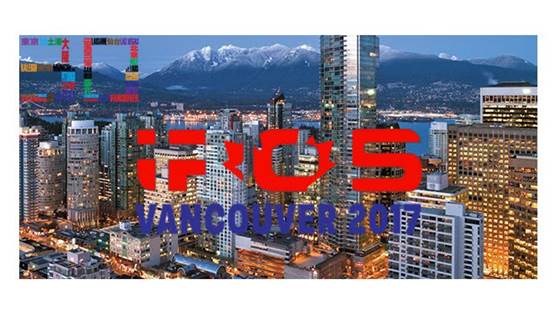
Three of our researchers in iProcess, Ekrem Misimi, Aleksander Eilertsen and Jonatan S. Dyrstad are visiting the 2017 IEEE/RSJ International Conference on Intelligent Robots and Systems (IROS 2017) in Vancouver, Canada, this week.
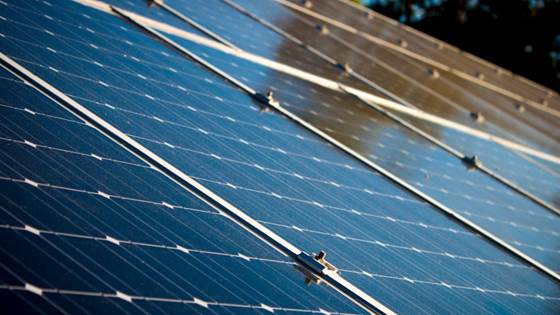
In order to maintain the leading position of Norwegian solar cell manufacture on the global stage, we need sensors that can see what humans can’t.
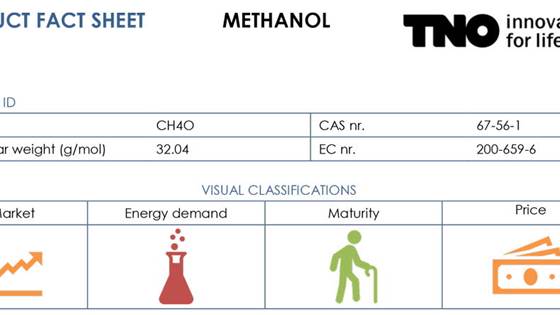
CO2 Capture and utilization (CCU) is of often presented as an alternative to CO2 Capture and storage (CCS). In general lines, the concept of CCU is indeed more appealing: instead of burying CO2 underground –, CO2 can be used as a raw material...
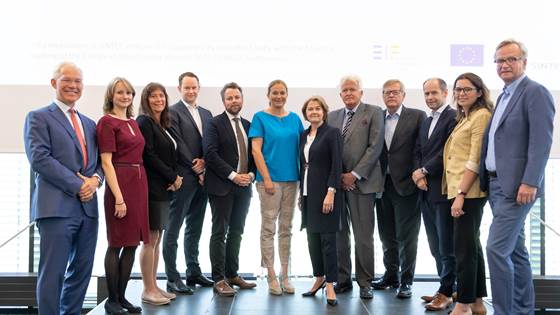
SINTEF has successfully established a new NOK 500 million early stage investment fund to develop new technology companies. The European Investment Fund and several private, Norwegian investors are partners in the fund
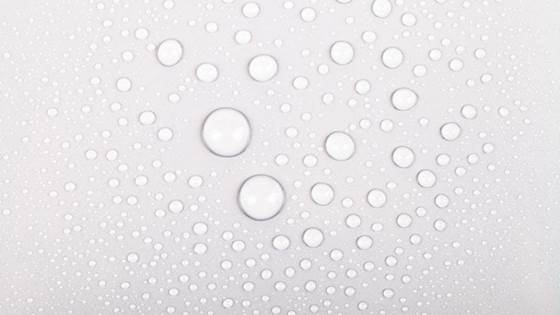
Ph.D candidate Ailo Aasen has together with myself (his supervisor) and Edgar M. Blokhuis, a research partner at the University of Leiden in the Netherlands, published a new article in the well reputed Journal of Chemical Physics.
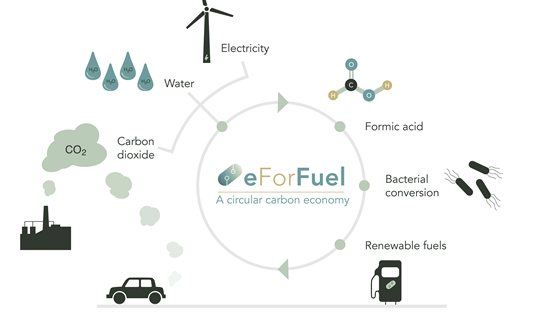
SINTEF is taking part in eForFuel, an exciting EU-funded research and innovation initiative that seeks to provide a sustainable replacement of fossil fuels by using electricity and microorganisms to convert CO2 into renewable fuels.

On 2 and 3 May, 55 participants from seven Europen countries met to discuss the progress in the ELEGANCY project at Petten in the Netherlands.

Capturing the greenhouse gas CO2 from industrial processes such as cement manufacture is a demanding and therefore expensive exercise. However, by introducing a renewable powered heat pump in the capture system, the energy required to capture CO2 is...

Bridges constructed with fibre reinforced polymers (composites) may become a familiar sight in Europe if a new pan-European research project achieves its objectives. The project also aims to provide more durable and reliable wind turbines.

Erlend Grande, a CINELDI master student, is working on a thesis titled “Data gathering and -assembling from several smart meter HAN ports” is in progress.
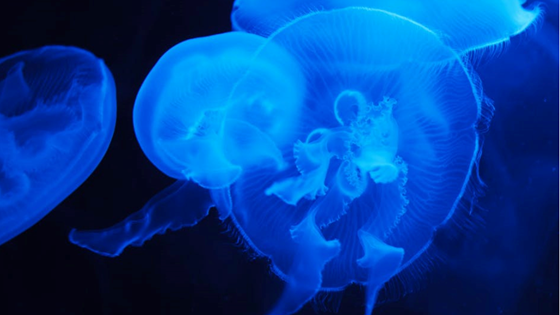
In the innovative EU project GoJelly, researchers are working to solve the microplastic challenge by using products from nature itself.

Research scientists have been gazing into their crystal balls. These are the technological trends that will affect the transport systems of the future.
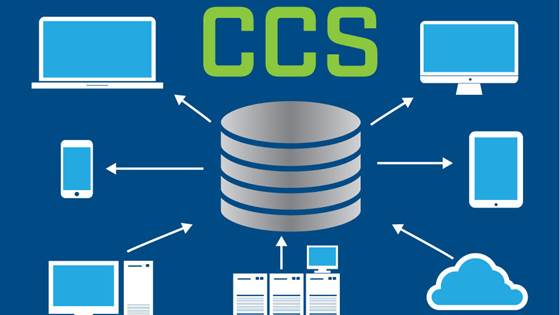
Sharing of reference datasets from pioneering CO2 storage projects is essential to accelerate improved understanding, build capacity, reduce costs and minimize uncertainties associated with CO2 storage in deep geological formations.